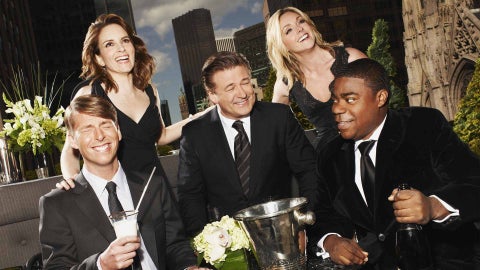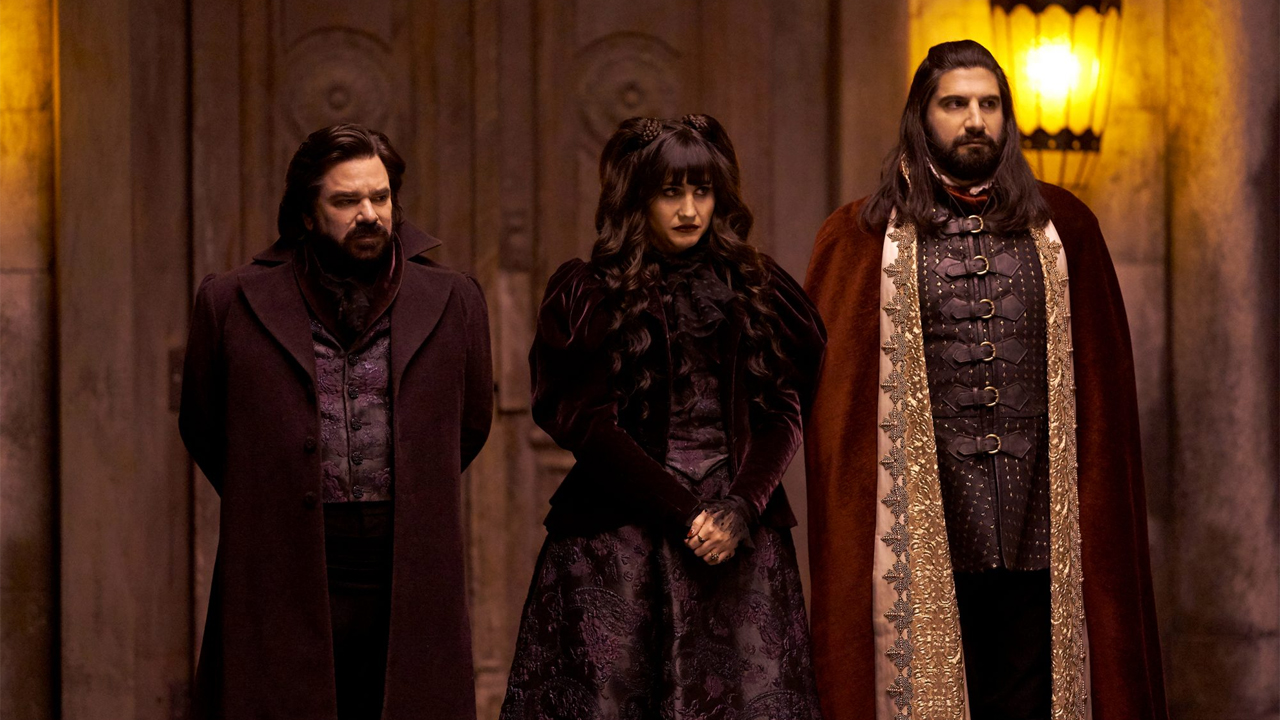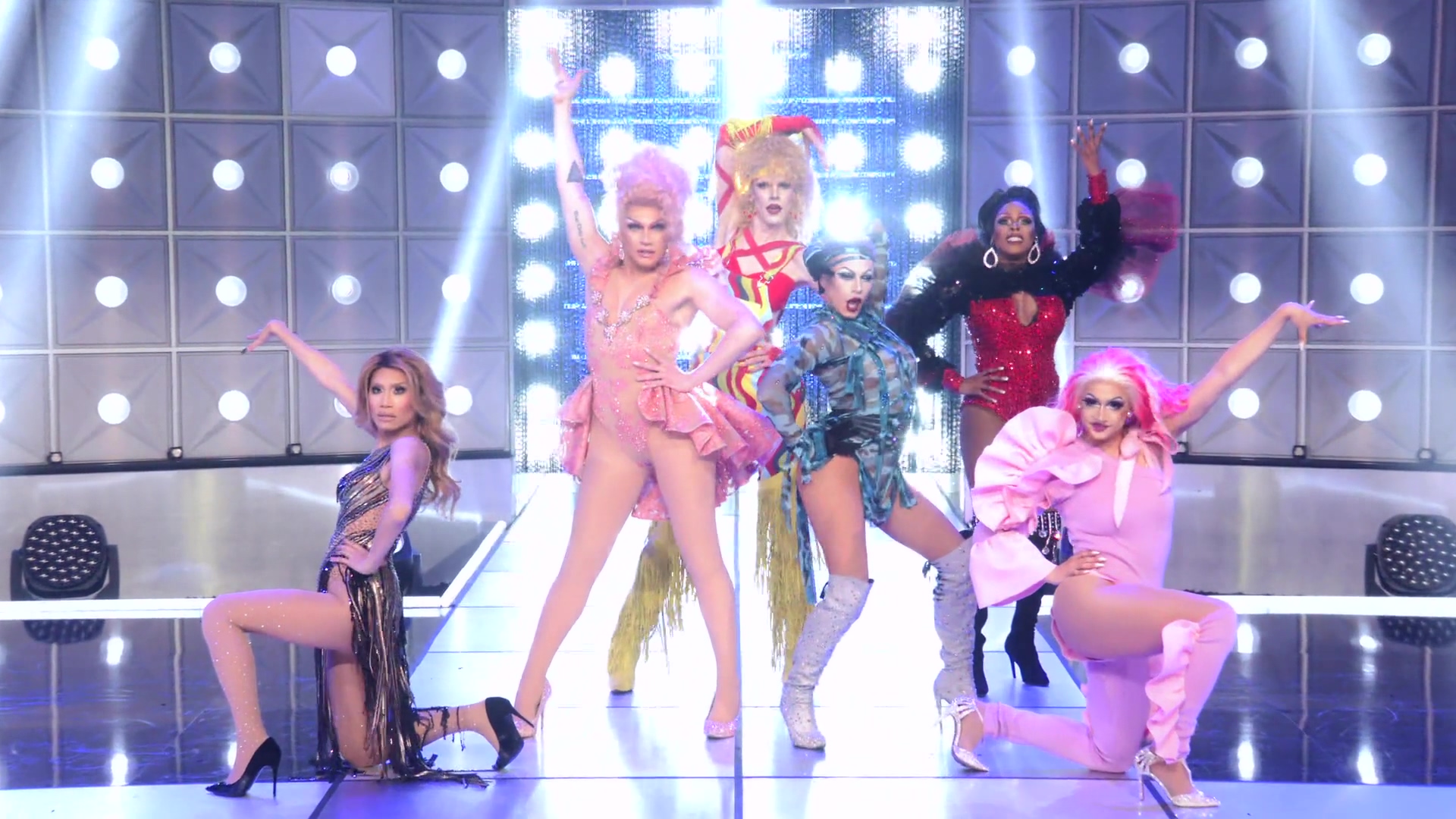molecular-designs.com – 30 Rock is an American satirical sitcom television series created by Tina Fey, which originally aired on NBC from October 11, 2006, to January 31, 2013. The series is based on Fey’s experiences as head writer for Saturday Night Live and takes place behind the scenes of a fictional live sketch comedy show, “TGS with Tracy Jordan,” set in 30 Rockefeller Plaza in New York City.
The Unique Concept
30 Rock stands out for its blend of workplace comedy and absurdist humor, often featuring exaggerated and surreal scenarios. The show’s name refers to 30 Rockefeller Plaza, the iconic building in New York City where NBC is headquartered. This setting allows the series to satirize the media industry, corporate culture, and American society at large.
Main Characters
Liz Lemon
Liz Lemon, played by Tina Fey, is the head writer of “TGS with Tracy Jordan.” She is a talented but quirky woman who navigates the challenges of her job and personal life with a mix of humor and resilience. Liz’s character is a blend of wit, self-deprecation, and a strong sense of morality.
Jack Donaghy
Jack Donaghy, portrayed by Alec Baldwin, is the ruthless and ambitious CEO of NBC. He is Liz’s boss and often clashes with her over their differing approaches to work and life. Jack’s character is a satirical take on corporate greed and the pursuit of power.
Tracy Jordan
Tracy Jordan, played by Tracy Morgan, is the star of “TGS with Tracy Jordan.” Known for his flamboyant personality and unpredictable behavior, Tracy adds a layer of chaos and humor to the show. His character is a parody of the stereotypical egotistical celebrity.
Other Key Characters
- Jenna Maroney: A self-absorbed actress on “TGS” played by Jane Krakowski.
- Kenneth Parcell: A naive and optimistic page played by Jack McBrayer.
- Pete Hornberger: A sarcastic writer played by Scott Adsit.
Critical Reception and Awards
30 Rock was a critical success, winning several major awards, including Primetime Emmy Awards for Outstanding Comedy Series in 2007, 2008, and 2009. The show was praised for its sharp writing, memorable characters, and its ability to blend satire with heartfelt moments.
Legacy and Impact
30 Rock’s legacy lies in its innovative approach to television comedy. The series pushed the boundaries of what a sitcom could be, combining absurdist humor with insightful commentary on media and society. Its influence can be seen in subsequent shows that have attempted to replicate its unique blend of satire and heart.
Conclusion
30 Rock is more than just a comedy series; it is a cultural phenomenon that has left an indelible mark on television. With its clever writing, memorable characters, and insightful commentary, it remains a beloved and influential show in the world of television.


